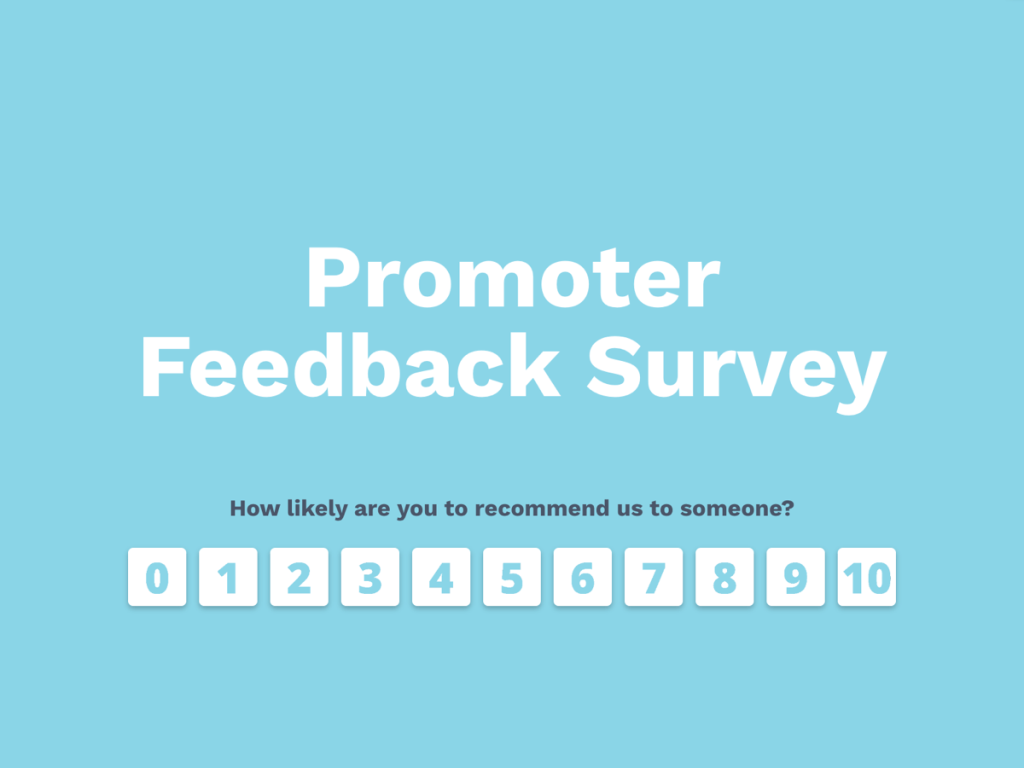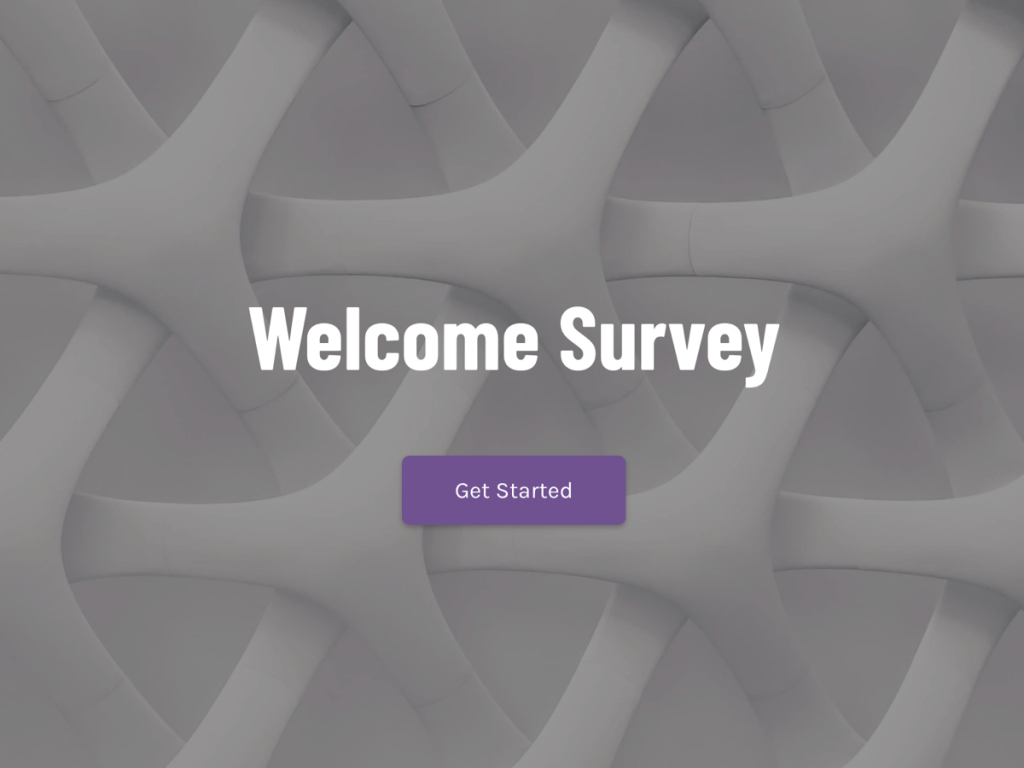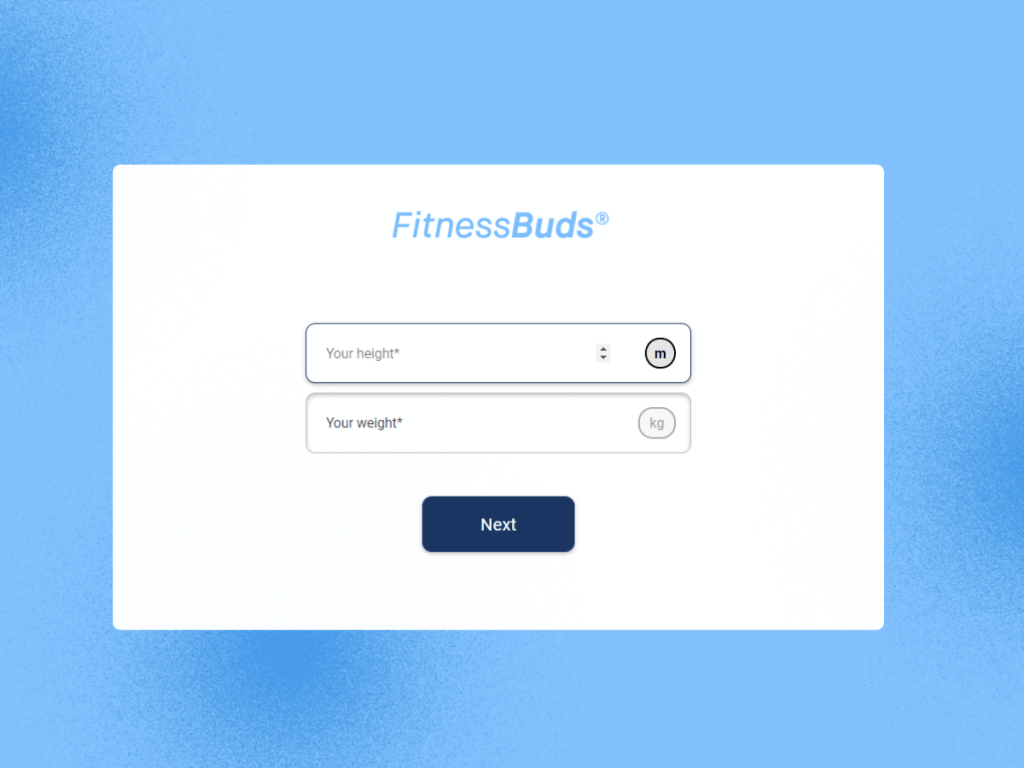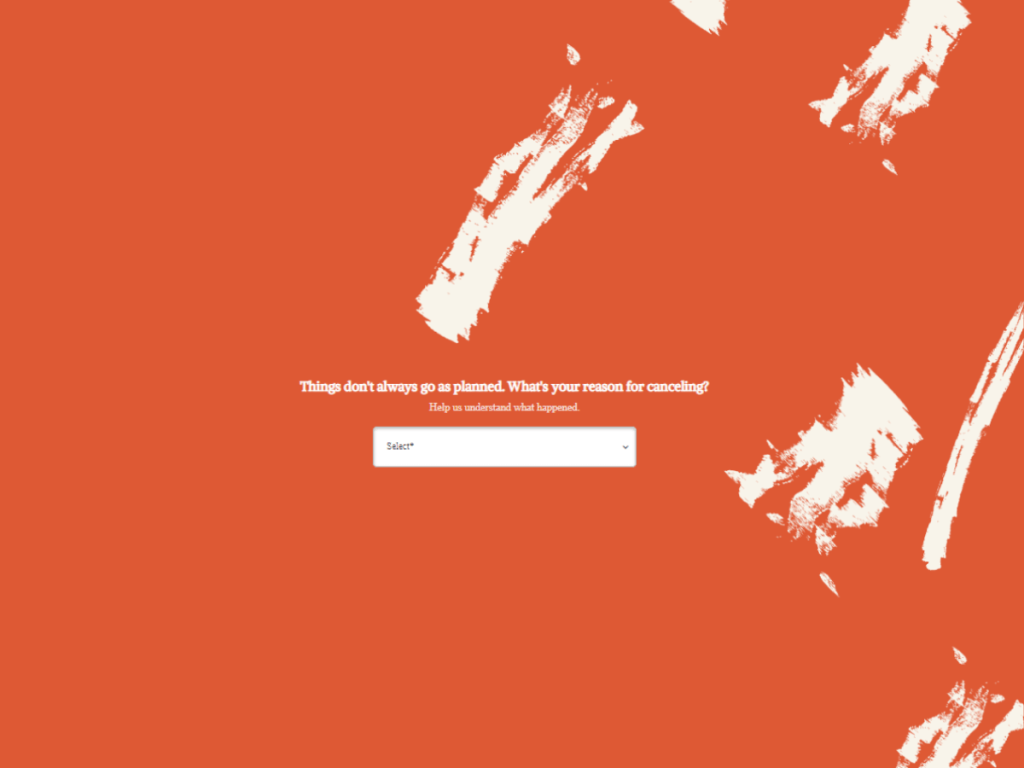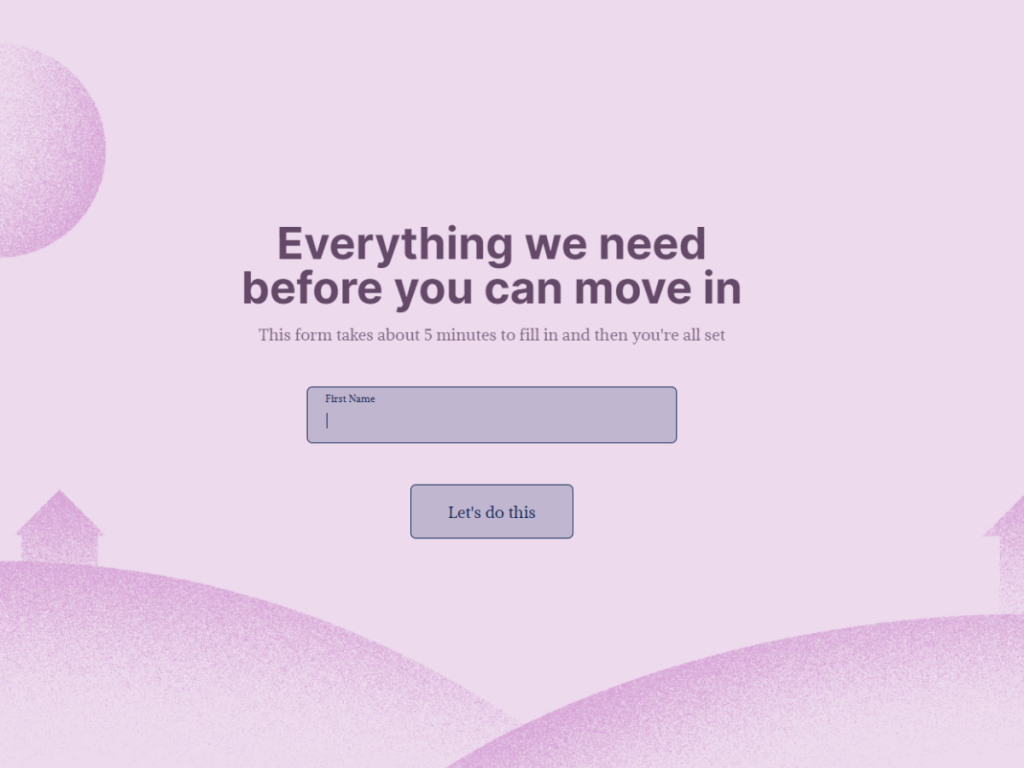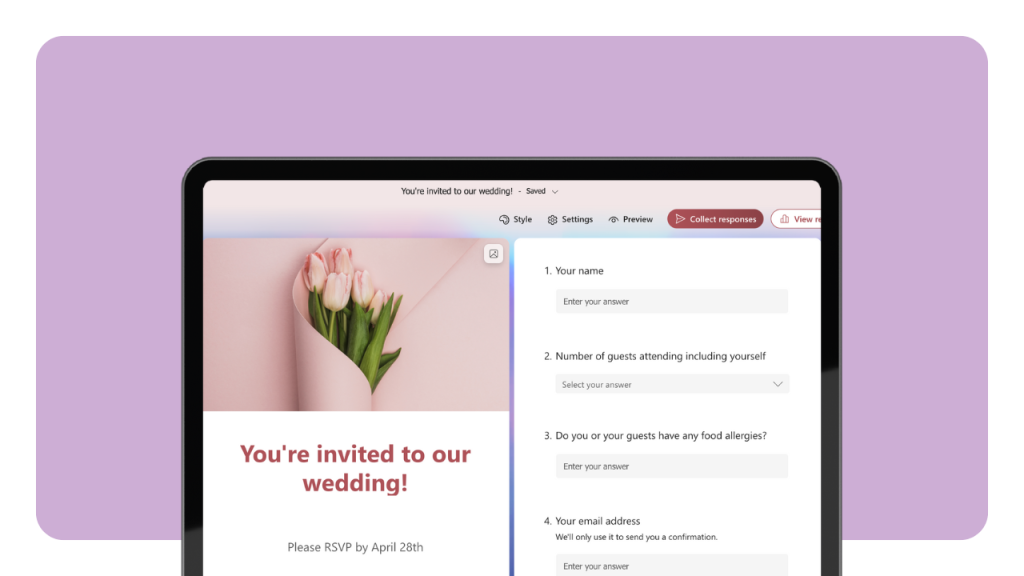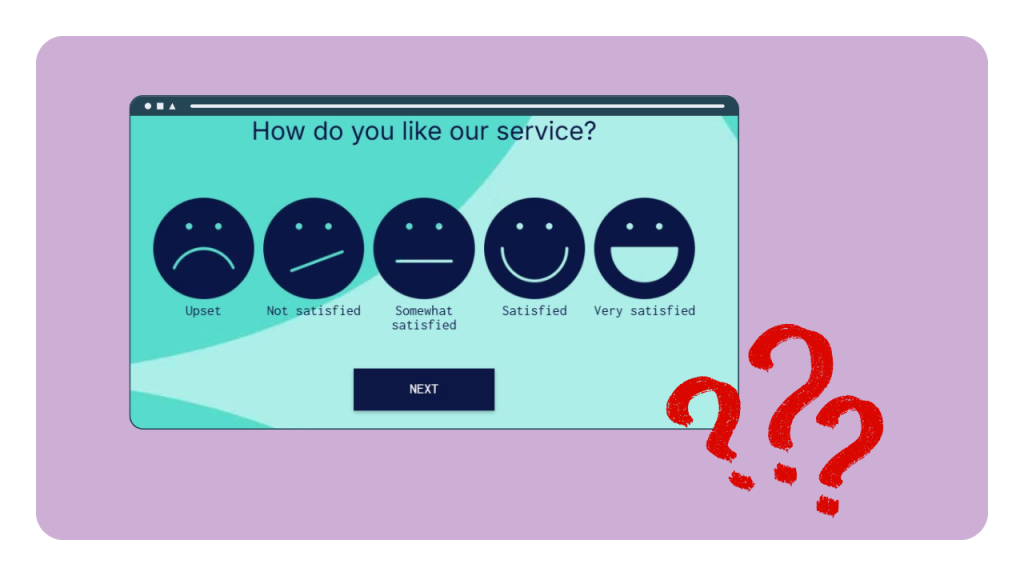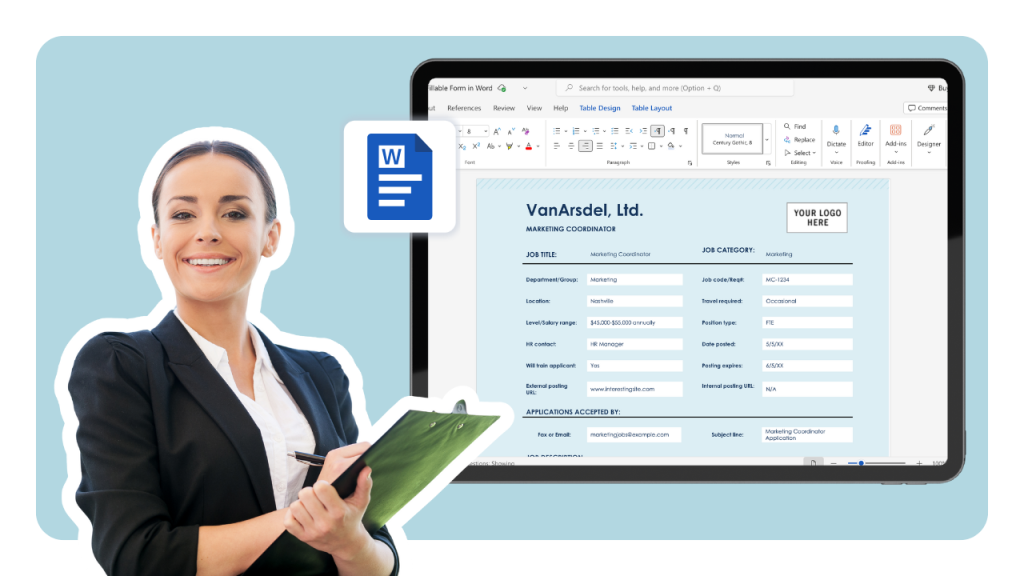In today's digital world, surveys play such a key role across industries for multiple reasons. From academic research to marketing development, surveys can help people to make more strategic decisions and achieve goals. And a good survey result always starts with good questions.
You can say that questions are the heart of a survey. Therefore, it is essential to ensure that all the questions are framed properly and sequenced in the right manner. A poorly designed questionnaire will not only nullify the whole purpose of the survey but also cause frustration for respondents.
So, how do you come up with thought-provoking questions for your surveys so that you can collect more qualified survey data?
Here are some do's and don'ts you can keep an eye on while creating survey questions.
The Do's: How to Create Thought-Provoking Survey Questionnaires
It’s no secret that survey creators like you want their respondent experience to be as close to perfect as possible. After all, a seamless respondent experience translates to more reliable and accurate survey data.
To help you design a survey with the best possible questions, here are some do's to consider:
1. Keep It Simple and Straightforward
Survey respondents are precious and they don't have all day to answer all of your questions. So, it's always better to make it as straightforward as possible.
Make sure all of the questions you ask are clear and focused with a single purpose in mind - to increase response and completion rates as well as get specific feedback from respondents.
You can add a short explainer video or catchy image to illustrate your crucial points, instead of writing bulky, unappealing paragraphs.
Also, always use a simple and clear vocabulary for your surveys. It helps to keep the language consistent so that respondents can easily understand what you are asking them and give accurate and valuable answers.
2. Use Screening Questions (When Needed)
Screening questions help you to qualify or disqualify respondents from taking your survey—depending on how they answer. For example, if your survey is about branding and you are asking participants to rate how much they like a few of the brand's logos on display, then it might make sense to ask them what company these logos belong to. If the respondent is not on target, thank them, and they can close the survey.
Here’s an example from the Adobe survey. They filter the respondent based on their current employment status—right off the bat, for better, more accurate survey data.
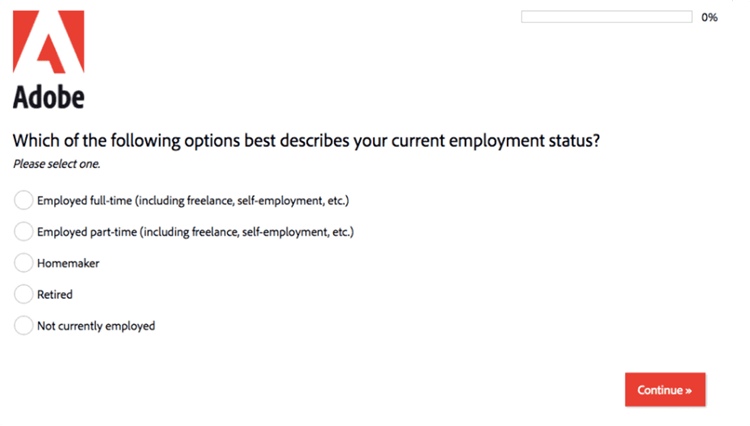
Source: Adobe
For this reason, screening questions are advantageous because they target only qualified respondents or those who have an interest in participating. This, in turn, will give you more useful and accurate survey data.
3. Focus on Asking Closed-ended Questions
It might take more effort and time for the respondent to answer open-ended questions than close-ended questions. This is because you can only click on one answer for an open-ended question instead of several answers or scales like you would with close-ended questions.
Try not to ask more than two open-ended questions in a single survey. Thus, whenever possible, it's better to put them on a separate page at the end. That way, when a respondent closes on the survey before they complete it, you can still save their answers and get data from those previous pages.
4. Make Your Questions Different from Each Other
Imagine when someone asks you the same or similar questions that lead to the same answer over and over again. Pretty annoying, right? In this case, you need to make sure that every question you ask is different from each other, therefore it needs completely different answers.
In other words, a survey question should not be too vague and unclear to a respondent, which will lead them to think about it for minutes before giving an answer - instead of seconds. It can tempt them to answer your questions without putting much thought into them — or even worse, leave your survey way too early.
The Don'ts: What You Should Avoid
Now that you understand how to improve the quality and effectiveness of your survey questionnaire, it's time to take a look at some of the things you should not do.
Again, if you have even the most qualified target respondents, but you fail to ask them well-thought questions, the results will end up skewed— and it is never a good thing when it comes to the survey data.
Make sure to avoid these points below:
1. Avoid Using Double-barrelled Questions
It's an easy mistake to make, but double-barrelled questions can lead respondents into a state of confusion. It is a type of question when your respondents are asked for feedback on two different issues or topics within one question. Tricky, right?
Below is an example of a double-barrelled question.

Source: Nextiva
In the above case, are we talking about the likelihood to refer a friend or make a repurchase? Those two questions can be completely different questions that need different answers — they can’t be answered in one, single answer.
So, it might be worth considering if you really need two different sets of information from them in the first place. If not, condense it down and ask only one question at a time.
2. Avoid Using Leading Questions
Leading questions can lead to more biased, less accurate responses than you might want for your survey results. Make sure that any answer options are in the same order as the questionnaire wording, so respondents don't skip ahead and miss something they couldn't have seen coming due to wording placement or presentation.
3. Don't Mind to Check It Before Launch It
Once you finish creating the questionnaire, it can be quite tempting to launch the survey and see respondents' answers immediately. But, even small and tiny mistakes might be just around the corner and it might influence the results of your survey.
Therefore, you need to make sure that you check, check, and check those questions again before sending them out to the world.
Pay attention to small details, such as punctuations, grammar, language, and tone. Make sure all of the questions make sense and are easy to answer.
4. Don't Forget About Mobile Users
If you want your survey results to be more accurate, make sure that it is responsive and mobile-friendly so people can answer those questions on their phone or tablet device as well.
If they have a smaller screen size then fewer questions will fit on one page which might force them to scroll down through the whole question.
Final Thoughts
As a survey creator, one of your main goals is to have every target respondent who starts your survey will, well, finish it. That way, you can uncover insights that will drive more impact for your organization. With all those handy do's and don'ts mentioned above, you now understand what you better do and avoid while creating a survey questionnaire.


